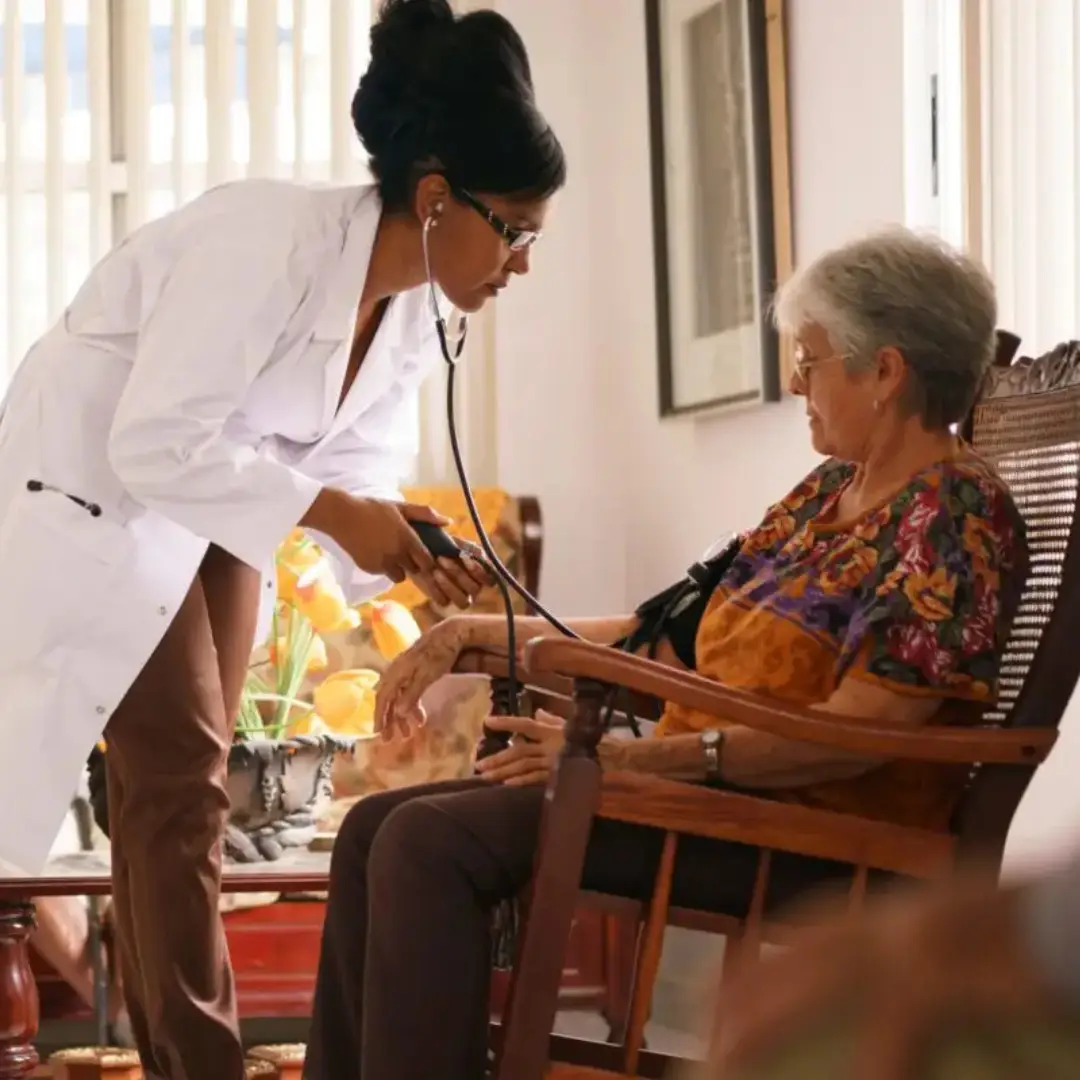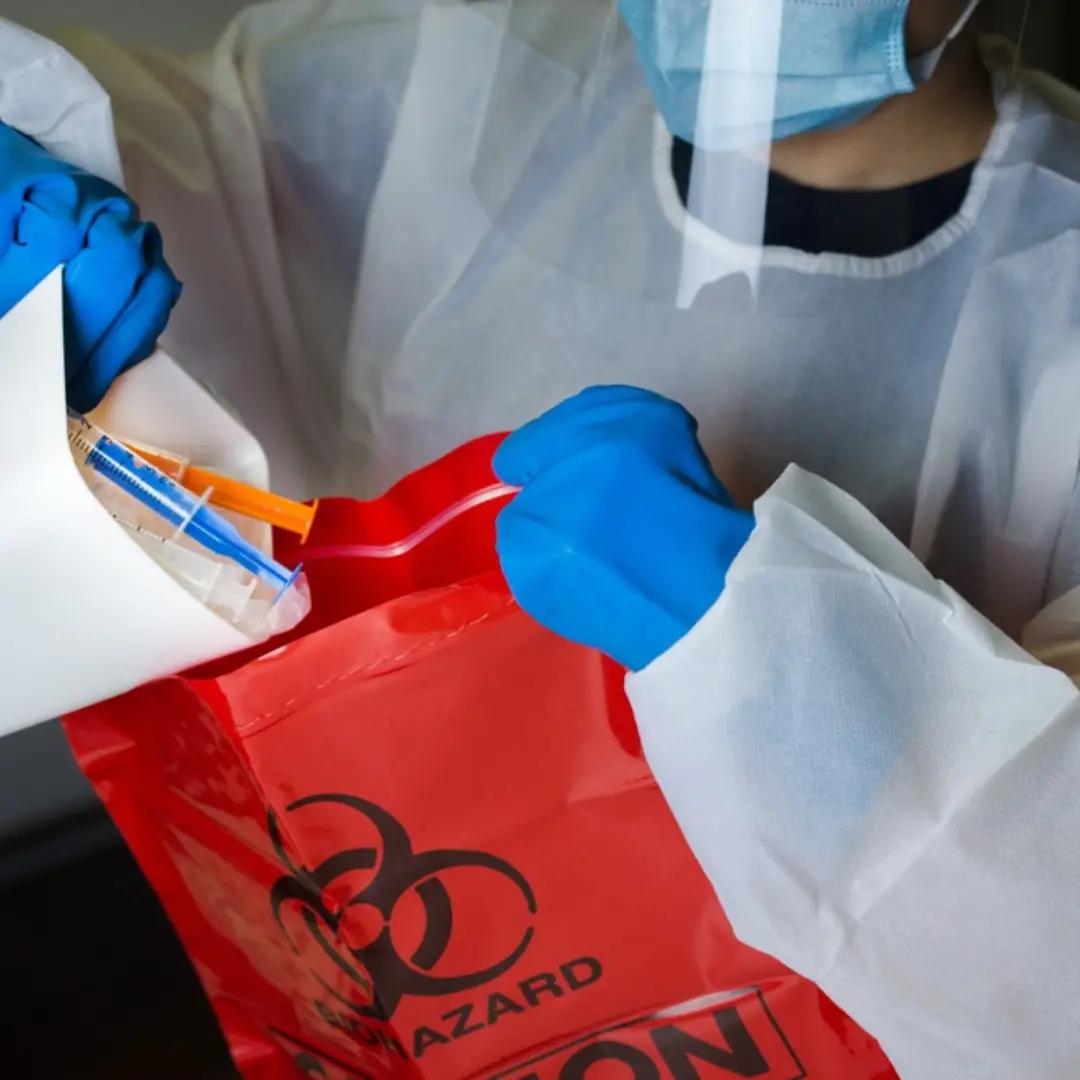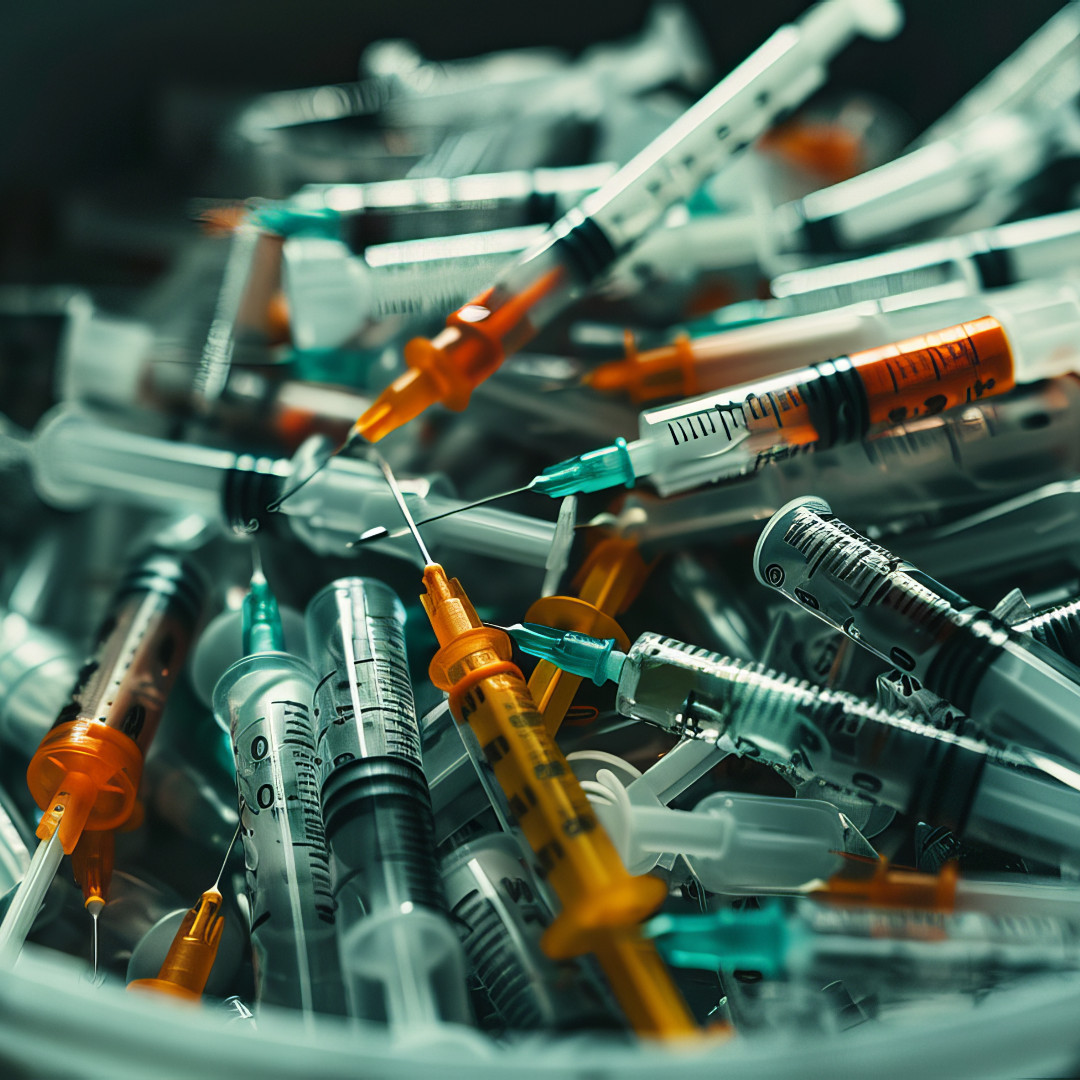Sherman, an associate professor of anesthesiology at Yale School of Medicine and of epidemiology in environmental health sciences at Yale School of Public Health, has spent the past decade promoting sustainability in the U.S. health care industry and documenting the need for more stringent regulation and mandatory reporting of sustainability efforts by health care organizations.
New data on the rise in single-use plastic items — everything from blood pressure cuffs and complex surgical instruments to pillows and sheets — has prompted Sherman and colleagues from the University of Iowa Carver College of Medicine and Baylor College of Medicine to sound the alarm once again.
In a new commentary article in the Journal of the American Medical Association (JAMA), Sherman offers a series of policy changes that would begin to address the problem. In an interview with Yale News, Sherman spoke about the issue and her efforts to bring it to the attention of the public. The interview has been edited and condensed.
How big of a problem is this within the U.S. health care system?
Jodi Sherman: We know that globally, plastic pollution is a concern to human and environmental health, both through the fact that it’s mostly derived from fossil fuels and contributes to the problem of climate change. But there is also the fact that plastic doesn’t biodegrade, it just breaks into smaller and smaller pieces that enter the food chain and our water systems. We are continuously exposed to these micro-plastics and nano-plastics, which have been discovered throughout the human body. These plastics are laden with chemical additives that are seeding our bodies with carcinogens, neurotoxins, and endocrine-disrupting chemicals, harming our bodies, our planetary ecosystems, and future generations.
In terms of how big the problem is, we know that medical supplies and devices within the U.S. health care system are becoming more single-use disposable on a daily basis — from the utensils we use in patient meals to things like blood pressure cuffs, patient and surgical gowns and linens, and even complex, expensive surgical instruments. The problem is expanding.
Why is this happening?
Sherman: There are challenges to re-usable items in health care, because they need to be cleaned and tested for safety before they are reused. There are also perceived cost benefits for going with disposables, although it really depends on how one does the math. Reusables are more expensive, so you need to consider how many reuses you can get. There’s a cultural aspect to this, as well, because we are so used to things being disposable. We are so used to the simplicity of a to-go coffee mug, rather than carrying around a reusable one.
But a big thing that’s driving infection prevention and single-use disposable items is the mistaken belief that if something is not re-used, then there is no risk of transmitting an infection — when it really depends on how supplies are handled. In fact, there is a dearth of research to demonstrate that there is less infection transmission from something that’s disposal versus something that is cleaned, safely tested, and reused. We have strict protocols for how things get cleaned and reused. For example, we reuse thousands of surgical instruments made of stainless steel on a daily basis. This idea that we can’t clean and reuse something safely is really a myth.
I should also mention the current practice of labeling devices as being “single-use disposable.” It’s not an FDA label, it’s an industry label. Manufacturers created this single-use label, meaning they can, in effect, manufacture obsolescence of these devices. They can drive the market toward more disposability.
What are your suggestions for addressing the problem?
Sherman: My colleagues and I made three very specific recommendations. First, we need to reform our national infection prevention guidelines, because they don’t really address whether one ought to use reusables or disposables, and in which circumstances. Second, we should update our reporting standards for infections relating to single-use and disposables devices. There is a national system for reporting medical device-related complications, but it doesn’t adequately capture information around infections, so we don’t have enough evidence to guide the recommendations around whether one ought to use disposables or reusables. And the third recommendation is to incentivize industry, through the Food and Drug Administration, the Centers for Medicare & Medicaid Services, and oversight bodies such as The Joint Commission, to prioritize reusable design and innovation, and encourage uptake by end users. This can be done with specific requirements around reusability and the demonstration of reusability in pre-market applications for device approval, and value-based payment reform.
What can individual patients do to help?
Sherman: The first thing is to simply not be afraid of something that’s being reused in a health care setting.
We go to restaurants that reuse cutlery and our food is prepared in reusable pans. We sit on buses and planes and stay in hotels in a space that someone else just occupied and reuse many things each time. We are surrounded by areas and things that are commonly reused. Just because something is reusable doesn’t mean that it is a significant infection risk. The environment isn’t sterile. Even an operating room isn’t sterile — only the things that matter are. And many of those are routinely and safely reused. We need to appreciate as consumers that just because something is reusable doesn’t mean it is unsafe.
Are any of your recommendations considered controversial by your fellow health care practitioners?
Sherman: I would say that most of us who work in health care are by and large very concerned by this disposability trend. It’s quite crazy, the things we throw away.
The one area where we’re most challenged is infection prevention and control, because there is this philosophy of zero harm. We must do everything to prevent harm to a patient. This is true. It’s our mandate. But there are tradeoffs. If there’s very little risk of something causing harm to a patient, but there’s definite harm being done to environmental health, we need to balance that all out. We have to consider public health and planetary health at the same time as patient safety and rationally consider it all. Right now, we are way out of balance.
This post, Sounding the alarm about disposable plastic in the health care industry, was first published by Yale University on October 10, 2023.











